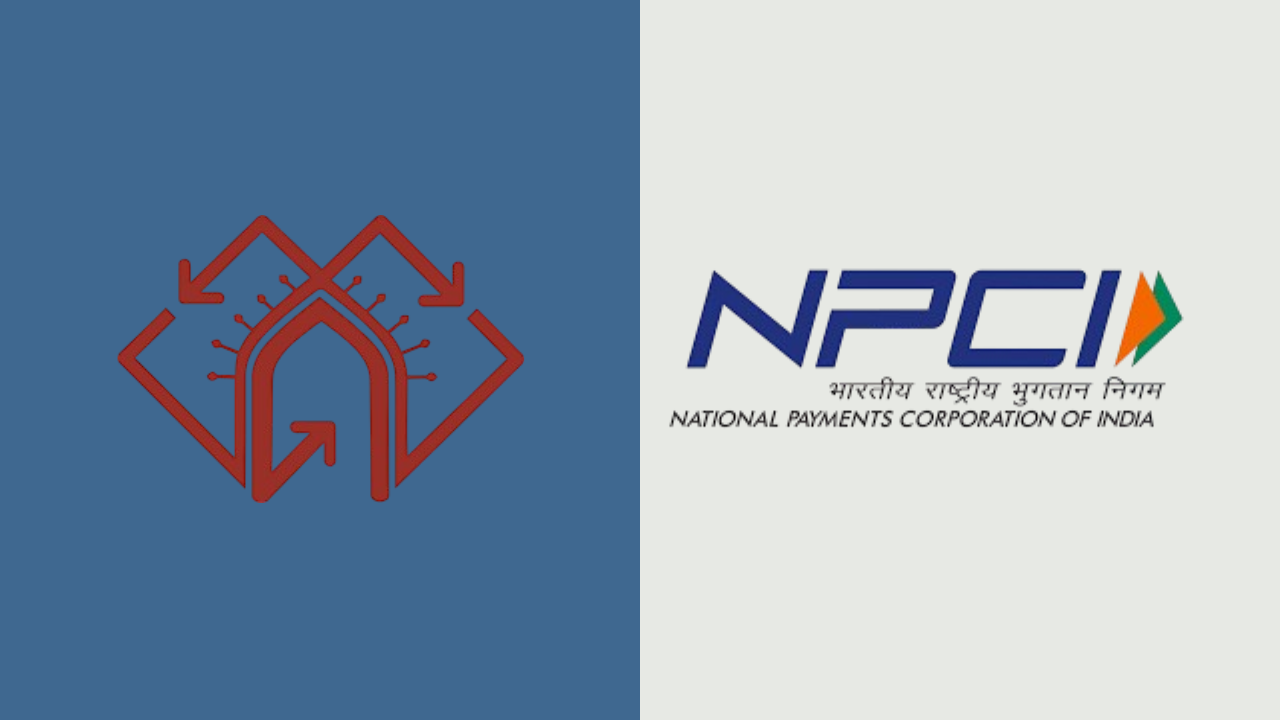National Payments Corporation of India (NPCI) collaborates with the Uttar Pradesh Metro Rail Corporation (UPMRC) to announce the launch of RuPay On-The-Go, a contactless payment solution for transit, now live on Agra Metro’s Yellow Line. It is available from the Mankameshwar Temple to the Taj East Gate using a RuPay-enabled card. The card enables cross-modal transit from buses to metros across the city with a single card.
The card simplifies public transit across multiple cities in India through a seamless,e-free, and contactless experience. The card promotes digital ticketing and unified payments, helping commuters avoid the hassle of purchasing separate tickets for each ride. It's a good stride towards establishing a modern, convenient, and public-friendly urban transportation infrastructure.
Works Offline with Stored Funds
The card features stored-value ticketing, enabling users to preload funds and seamlessly pay across multiple transit systems. It also supports offline transactions, making it ideal for use in metro tunnels or on moving buses—no internet connection required, in yet another innovation enabling seamless transit. This innovative card is set to redefine the way people conceive public transportation in Agra, especially the daily commuters.
Through this card, the commuters will be enabled to experience a smart urban infrastructure that simplifies public transport experiences for everyone. Over 5000 daily commuters of UPMRC will benefit from this efficient transit system.
Smart and Efficient Rides
“With the integration of RuPay On-The-Go in Agra Metro, we are proud to support Agra’s transition towards smart, efficient, and commuter-friendly public transport. At NPCI, our goal is to make everyday travel simpler and seamless. With RuPay On-The-Go, passengers can enjoy a faster, more convenient way to commute—no more queues or the need for exact change,” said Kunal Kalawatia, Chief of Products, NPCI.
Added Benefits
As an extra perk, RuPay On-The-Go users enjoy a 10% fare discount, which is automatically applied at tap-out thanks to the pay-as-you-go model.




